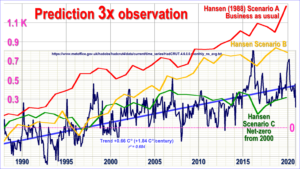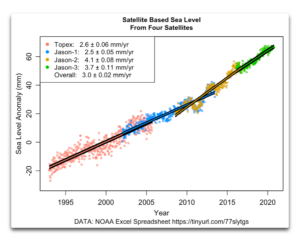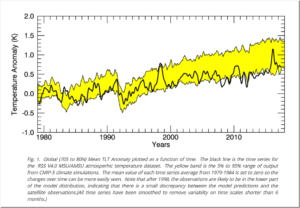by A. Watts, Aug 12, 2022 in WUWT
Star marine ecologist committed misconduct, university says
Finding against Danielle Dixson vindicates whistleblowers who questioned high-profile work on ocean acidification [due to rising atmospheric CO₂ levels]
A major controversy in marine biology took a new twist last week when the University of Delaware (UD) found one of its star scientists guilty of research misconduct. The university has confirmed to Science that it has accepted an investigative panel’s conclusion that marine ecologist Danielle Dixson committed fabrication and falsification in work on fish behavior and coral reefs. The university is seeking the retraction of three of Dixson’s papers and “has notified the appropriate federal agencies,” a spokesperson says.
Among the papers is a study about coral reef recovery that Dixson published in Science in 2014, and for which the journal issued an Editorial Expression of Concern in February. Science—whose News and Editorial teams operate independently of each other—retracted that paper today.
The investigative panel’s draft report, which Science’s News team has seen in heavily redacted form, paints a damning picture of Dixson’s scientific work, which included many studies that appeared to show Earth’s rising carbon dioxide (CO₂) levels can have dramatic effects on fish behavior and ecology. “The Committee was repeatedly struck by a serial pattern of sloppiness, poor recordkeeping, copying and pasting within spreadsheets, errors within many papers under investigation, and deviation from established animal ethics protocols,” wrote the panel, made up of three UD researchers.
Dixson did not respond to requests for comment. She “adamantly denies any and all allegations of wrongdoing, and will vigorously appeal any finding of research misconduct,” Dixson’s lawyer, Kristina Larsen, wrote in an email to Science. Larsen describes Dixson as a “brilliant, hardworking female scientist” who was “targeted” by a group of scientists who “chose to ‘convict’ Dr. Dixson in the court of public opinion” by sharing their accusations with a Science reporter last year.
Complete Story:






